The Voynich Manuscript: from time to time one reads a note about this mysterious manuscript housed in the rare room at Yale University. It is a 600-year-old text, written in an unknown language, illustrated with bizarre imagery, and , writes Quartz, “perhaps best described as a rabbit hole made out of rabbit holes.” It has been described as a genuine, bonafide, world-class mystery.
So, is this document, which has been studied and analyzed for years now been decoded? Newspaper headlines the past few days have trumpeted the news, attributing the feat of decyphering the mystery of decoding The Voynich Manuscript to artificial intelligence.
Not so fast, say experts. The Voynich manuscript remains as inscrutable as ever.
The 15th century book is made of vellum pages and calfskin parchment, rife with elaborate doodles of mysterious plants, and written entirely in a “language” that no one has ever been able to identify, which contains no punctuation, and many interpret as a cipher.about it, the more we just can’t look away.
Please watch the video here:
As I watched this video, the one thing that kept coming to my mind was that in this 15th century manuscript, the flow of text and illustrations is quite linear. In fact, if you look closely as how the story flows, there is always an illustration on every page, supporting, I assume, what the text describes. The preferred mode for telling stories on mobile devices was already present in this manuscript. While the illustrations are strange and difficult to identify, whoever put this manuscript together realized that it was best to tell the story combining the narrative and illustrations at the same time.
Take a look here:
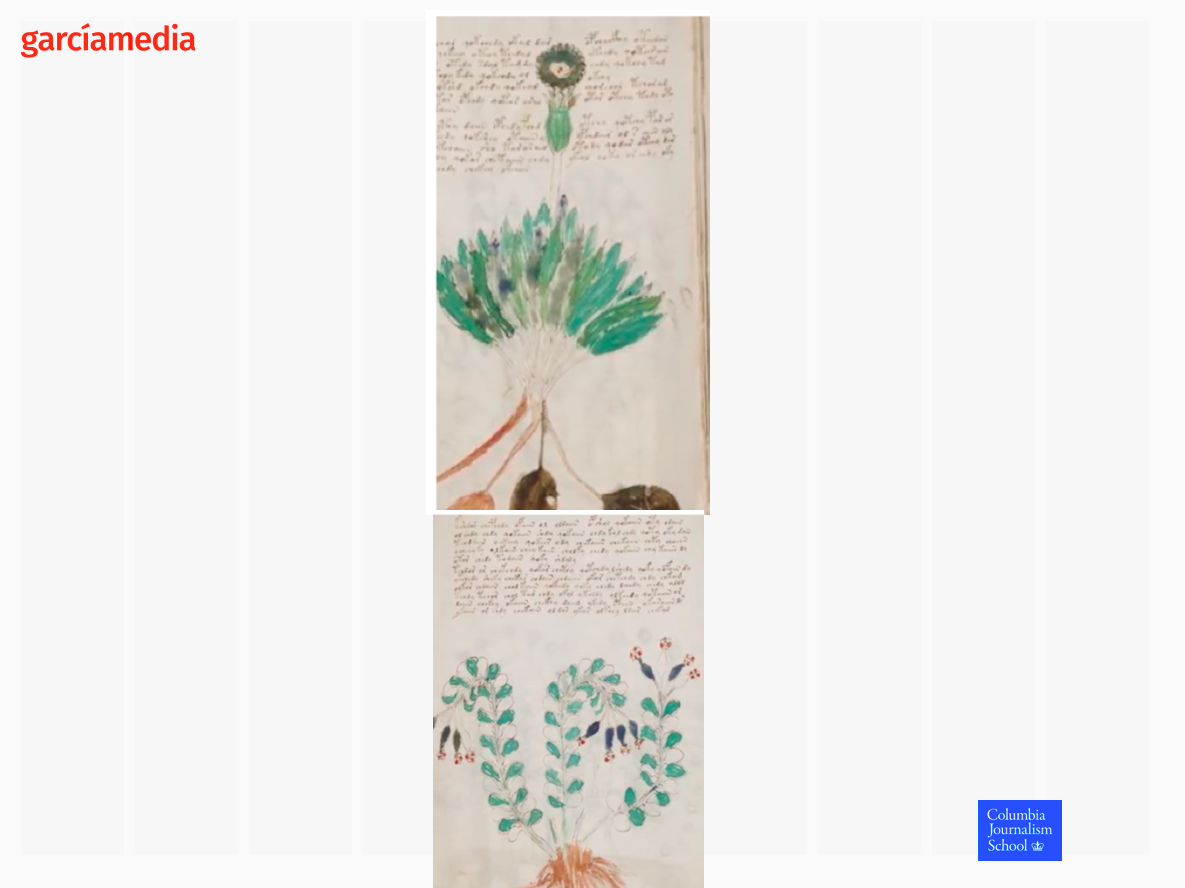
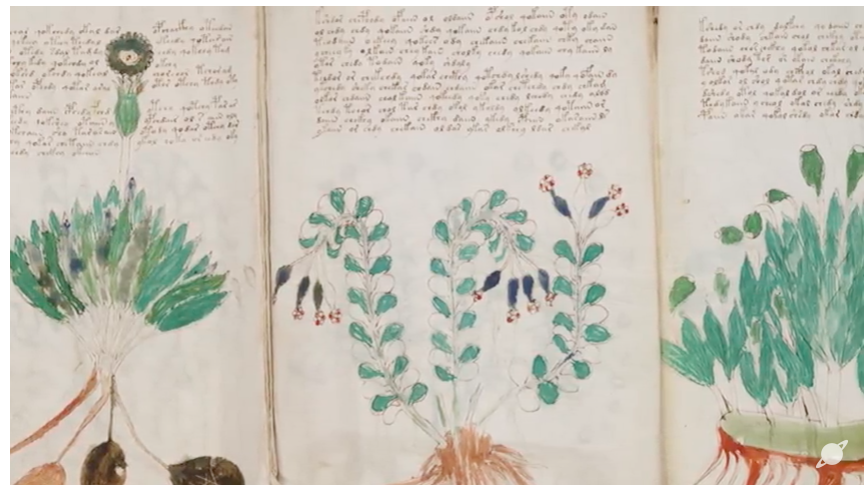
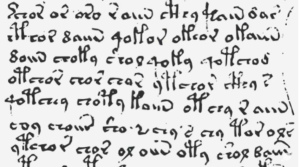
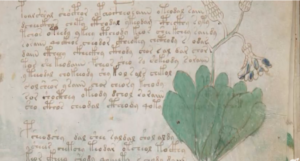
Now, if we could only know what language this manuscript is written in!
Of related interest
https://www.theverge.com/2018/2/1/16959454/voynich-manuscript-mystery-ai-decoded-debunked
Society of News Design New York City 2018

Mario’s Speaking Engagements

April 18-19, 2018-–Newscamp ,Augsburg, Germany.

May 26, 2018 —Associacion Riograndense de Imprensa, Univesidad de Santa Cruz (Unisc), Brazil

June 3-6, 2018—The Seminar, San Antonio, Texas.

Garcia Media: Over 25 years at your service
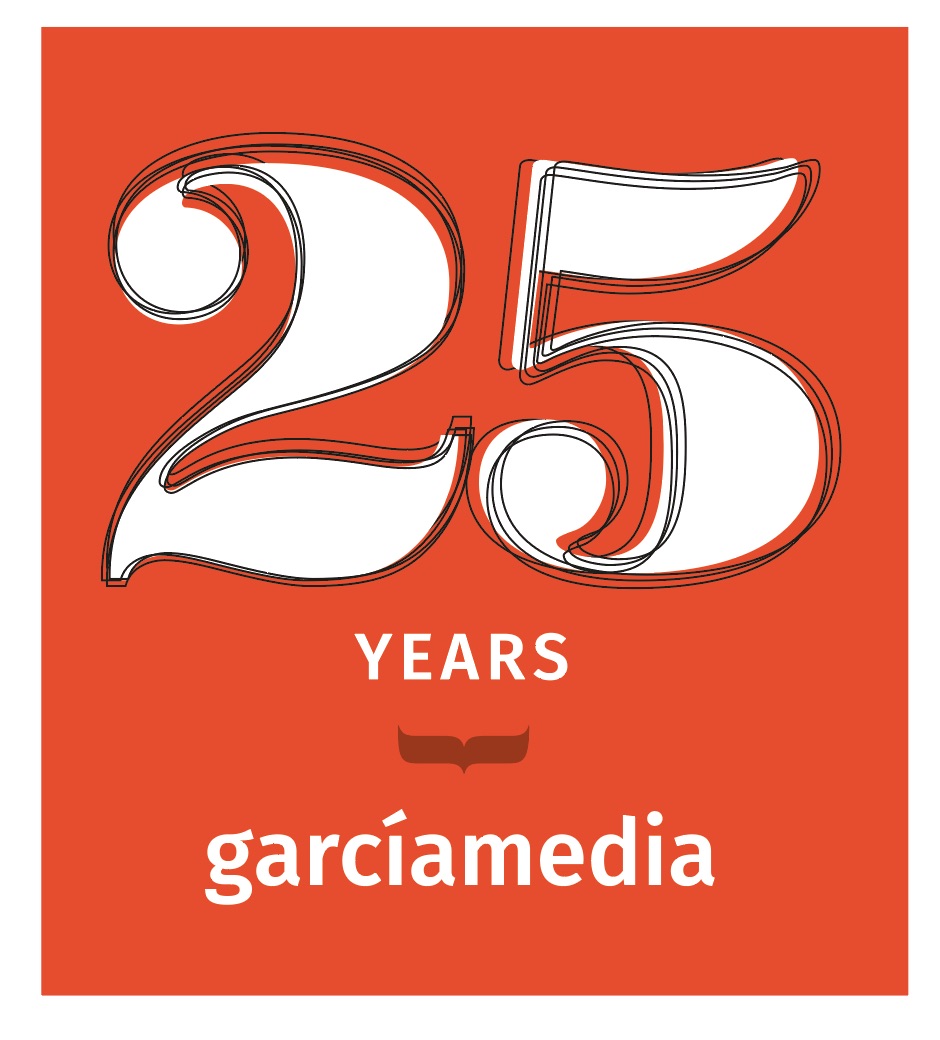
TheMarioBlog post #2775